Analysis of Student Attitudes Towards CAD/CAM Technology in Dentistry
VerifiedAdded on 2023/03/24
|7
|475
|40
Report
AI Summary
This report explores dental students' attitudes toward the application of CAD/CAM technology in dentistry, referencing several studies on digital scanning, curriculum implementation, and virtual reality in dental medicine. It outlines a research design employing both qualitative and quantitative methods, using an inductive approach and interpretivism philosophy. Data will be collected from primary and secondary sources, including questionnaires analyzed with SPSS. The study aims to assess the knowledge and attitudes of dental undergraduates toward CAD/CAM technology, with a purposeful sample of 60 graduates undertaking dentistry. The expected outcomes include a higher level of knowledge among students, improved awareness of CAD/CAM, and the anticipation of future dentistry practices incorporating CAD/CAM software.
1 out of 7
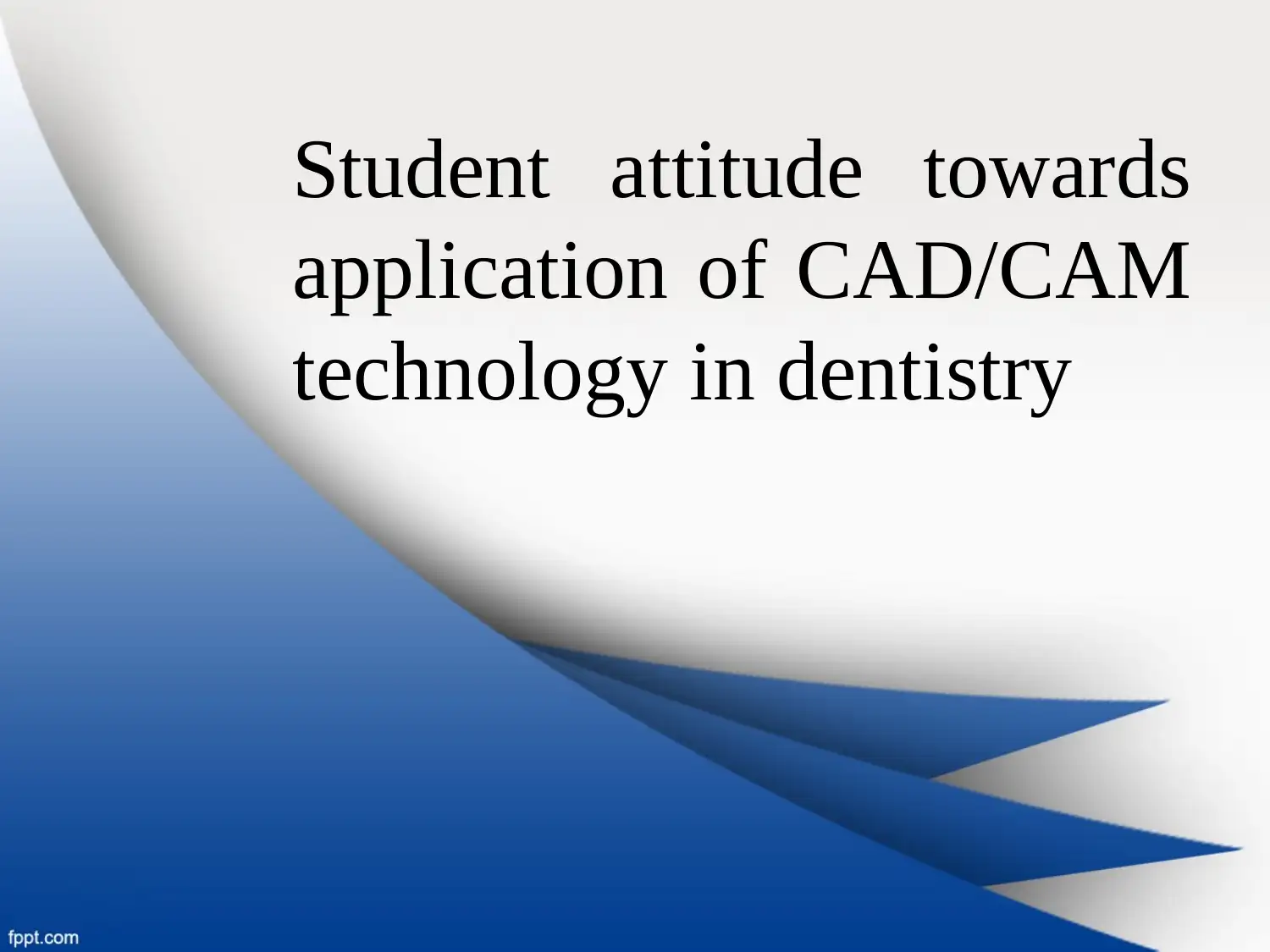
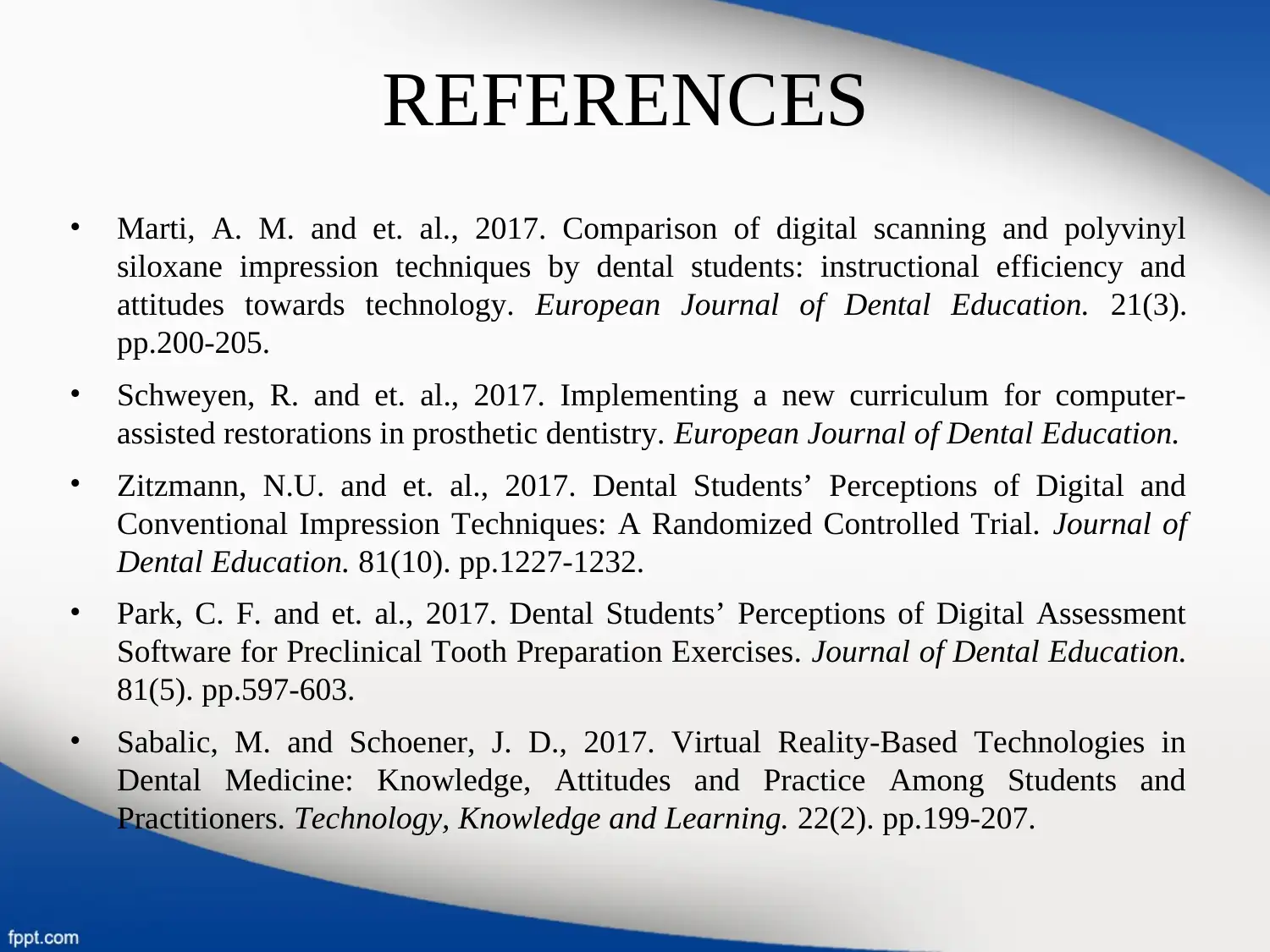
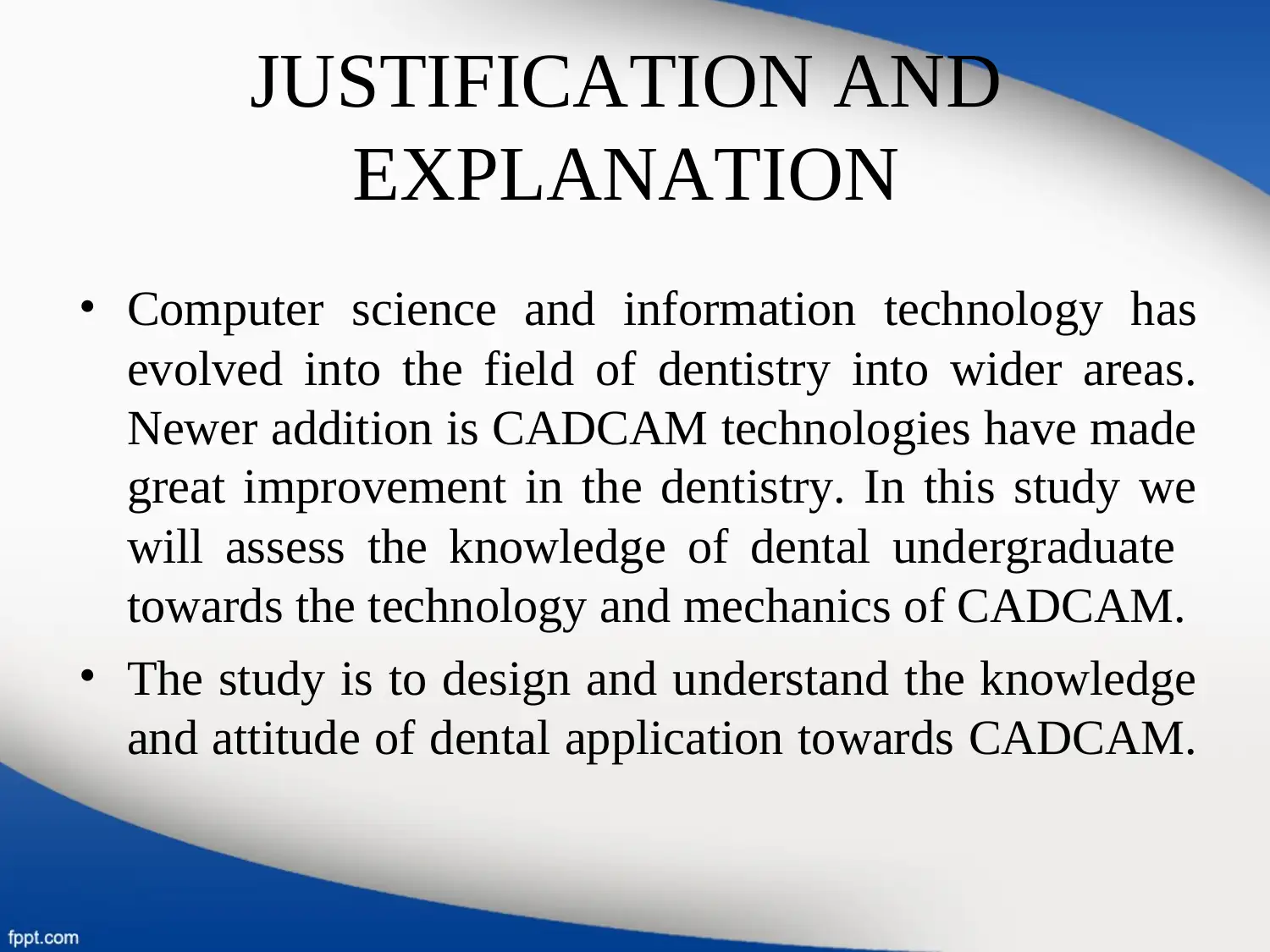

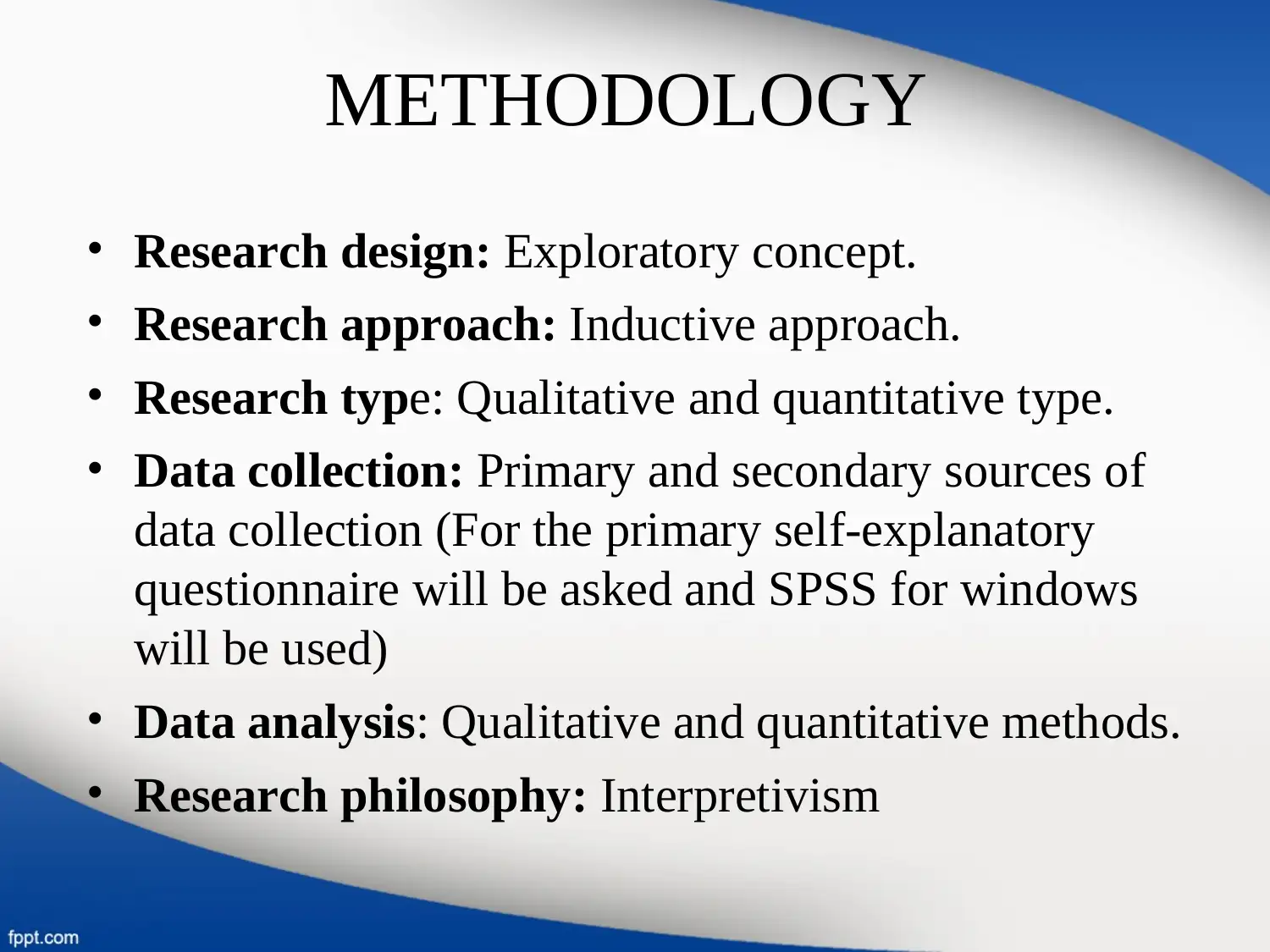
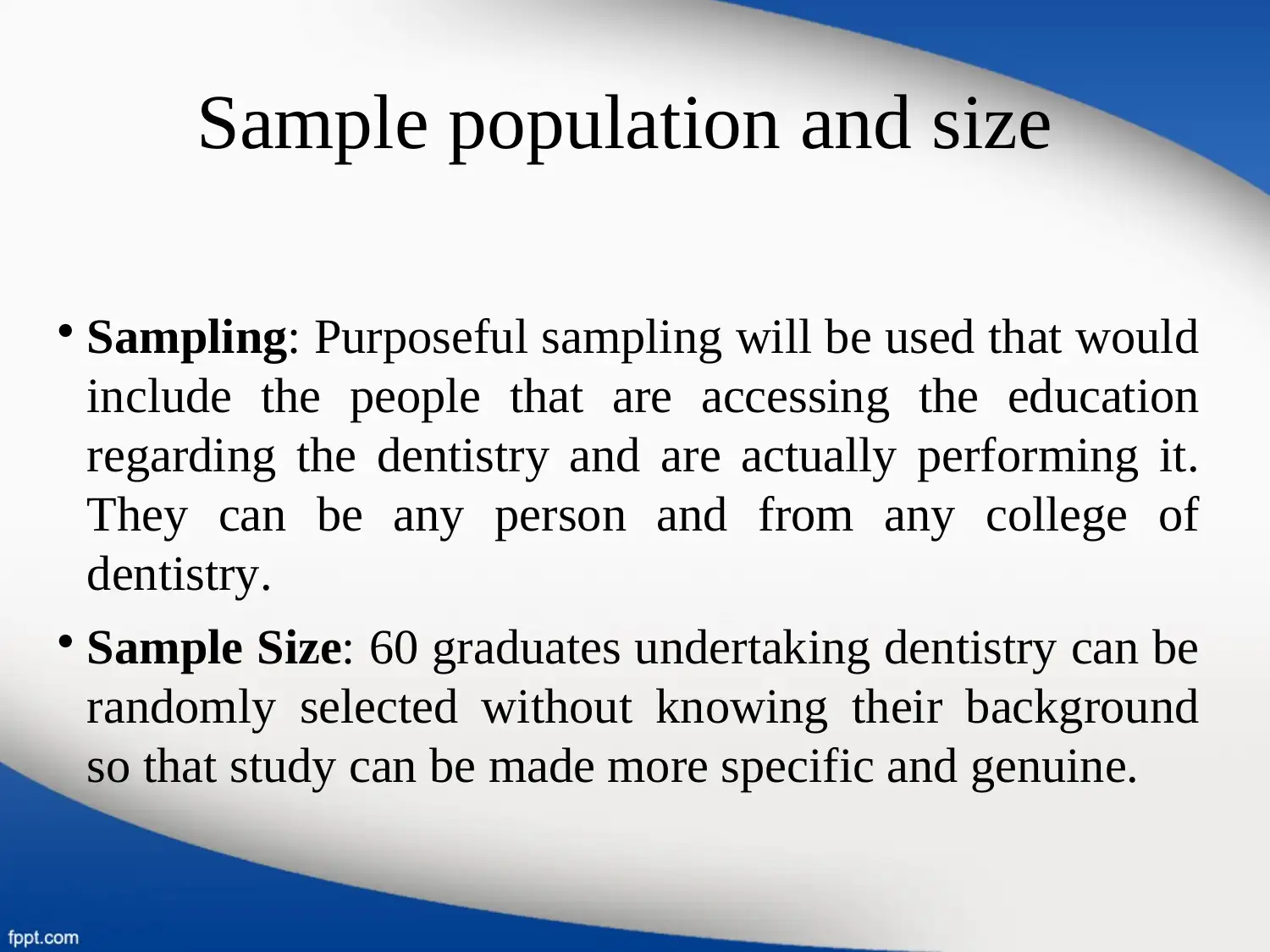
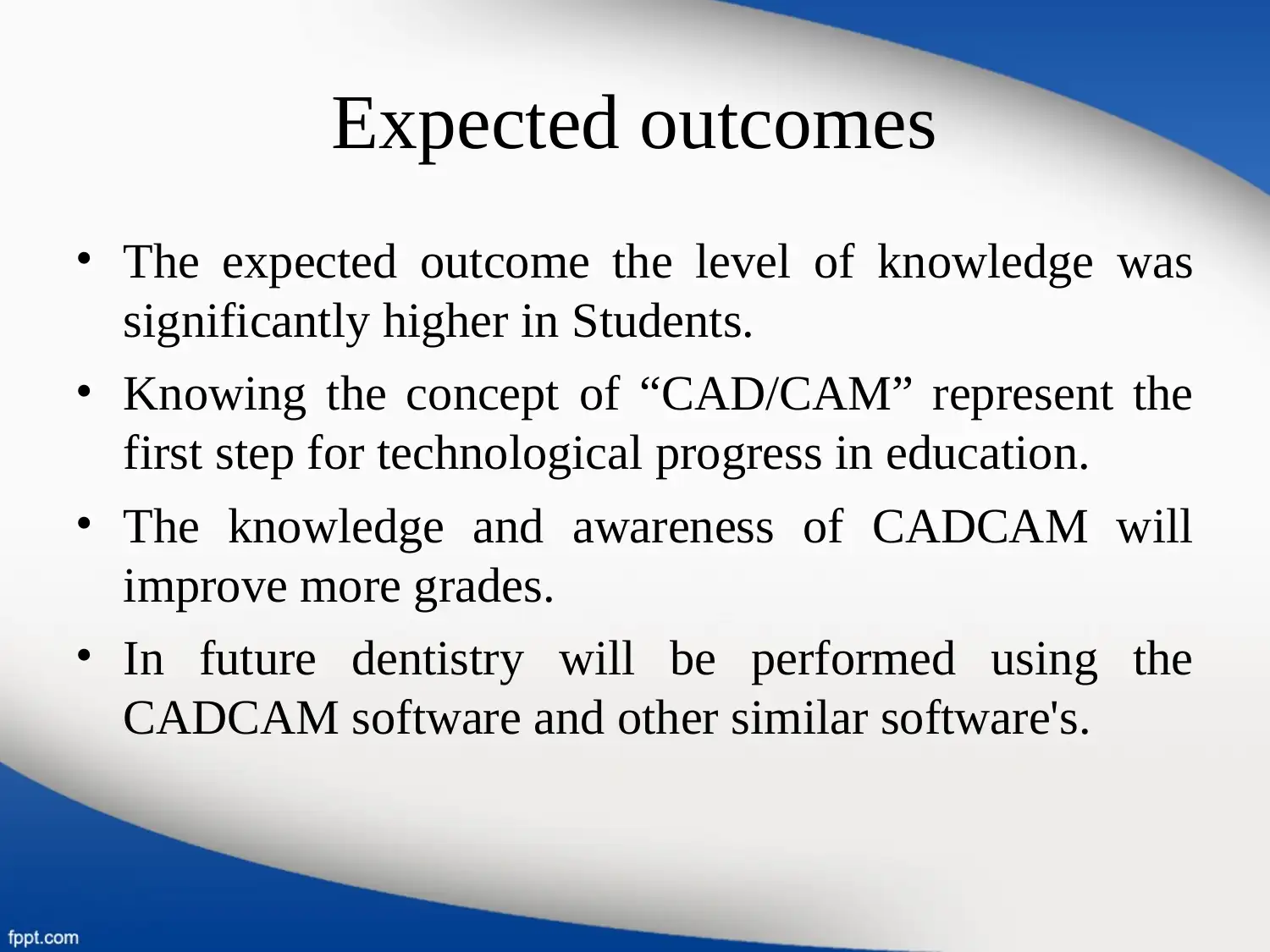







![[object Object]](/_next/static/media/star-bottom.7253800d.svg)